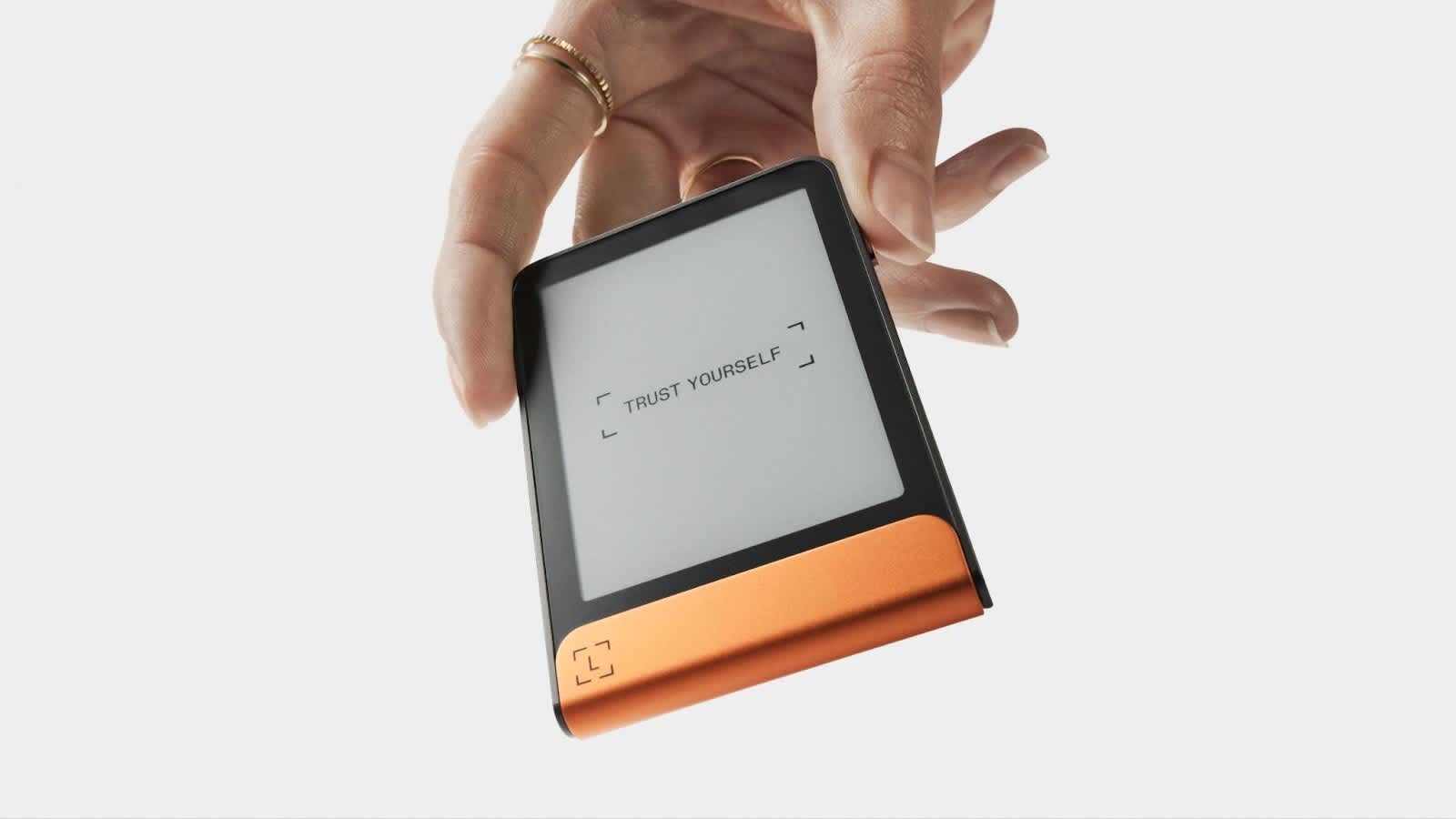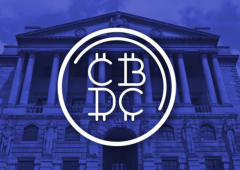Ledger Unveils New Hardware Wallet at Nashville Bitcoin Conference
28.07.2024 13:00 1 min. read Alexander Stefanov
At the Bitcoin 2024 convention in Nashville, Ledger launched its newest hardware wallet, Ledger Flex.
This device features a secure E Ink touchscreen, NFC connectivity, and runs on Ledger’s Secure OS, aiming to improve user experience without sacrificing security.
The Ledger Flex showcases a sleek black and steel design, with a special BTC Edition also available. It boasts a 2.8-inch high-resolution E Ink display for clear transaction visibility and extended battery life, lasting weeks or months on a single charge.
This release follows the earlier launch of Ledger Stax, known for its curved E Ink display. According to Pascal Gauthier, Chairman & CEO of Ledger, the introduction of both products this year aims to revolutionize self-custody. Ledger currently secures over 20% of global digital assets, and these new devices are intended to make self-custody more user-friendly for individuals and businesses.
Priced at $249, Ledger Flex is positioned between the Nano series and the $399 Ledger Stax. It integrates with the Ledger Live app, supporting 70 blockchains and 200 dApps.
Ledger also introduced the Ledger Security Key app, compatible with both Ledger Stax and Ledger Flex, for secure logins using Two-Factor Authentication (2FA) and Passkey features. Chief Experience Officer Ian Rogers emphasized that secure touchscreens are crucial for true security.
-
1
Binance Introduces First Bonding Curve-based Token Launch With Four.Meme Collaboration
14.07.2025 21:00 2 min. read -
2
Western Union Explores Stablecoin Integration After GENIUS Act Approval
22.07.2025 10:00 2 min. read -
3
Telegram Launches TON Wallet for U.S. Users, Unlocking in-app Crypto Features
22.07.2025 17:30 2 min. read -
4
Polymarket Eyes Launching Stablecoin to Capture Reserve Profits
23.07.2025 10:30 2 min. read -
5
JPMorgan Eyes Crypto-backed Loans Amid Favorable U.S. Policy Shift
22.07.2025 9:35 2 min. read
Goldman Sachs and BNY Launch Tokenized Money Market Funds for Institutions
Goldman Sachs and BNY are set to unveil a groundbreaking blockchain initiative that will allow institutional investors to purchase tokenized shares of money market funds, according to CNBC.
Polymarket Eyes Launching Stablecoin to Capture Reserve Profits
Polymarket, the fast-growing crypto prediction market, is exploring the launch of its own stablecoin to capitalize on the yield generated from reserves backing USDC deposits.
PNC Bank Partners with Coinbase to Bring Crypto Trading to Clients
PNC Financial Services Group has teamed up with Coinbase, enabling select customers to buy and sell cryptocurrencies directly from their PNC accounts.
Telegram Launches TON Wallet for U.S. Users, Unlocking in-app Crypto Features
Telegram has officially rolled out its TON Wallet to users in the United States, marking a major step forward in the integration of blockchain and messaging.
-
1
Binance Introduces First Bonding Curve-based Token Launch With Four.Meme Collaboration
14.07.2025 21:00 2 min. read -
2
Western Union Explores Stablecoin Integration After GENIUS Act Approval
22.07.2025 10:00 2 min. read -
3
Telegram Launches TON Wallet for U.S. Users, Unlocking in-app Crypto Features
22.07.2025 17:30 2 min. read -
4
Polymarket Eyes Launching Stablecoin to Capture Reserve Profits
23.07.2025 10:30 2 min. read -
5
JPMorgan Eyes Crypto-backed Loans Amid Favorable U.S. Policy Shift
22.07.2025 9:35 2 min. read


